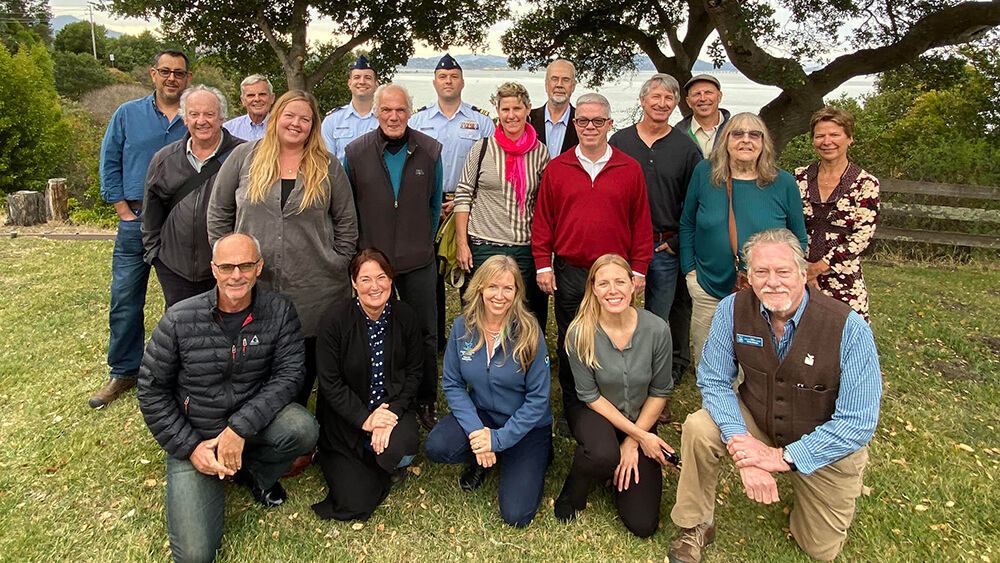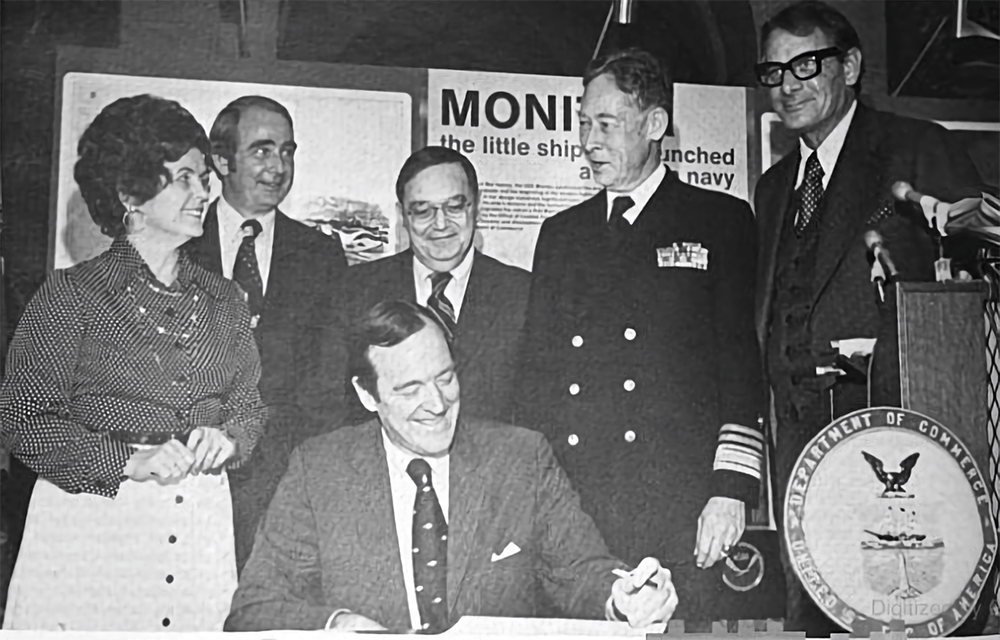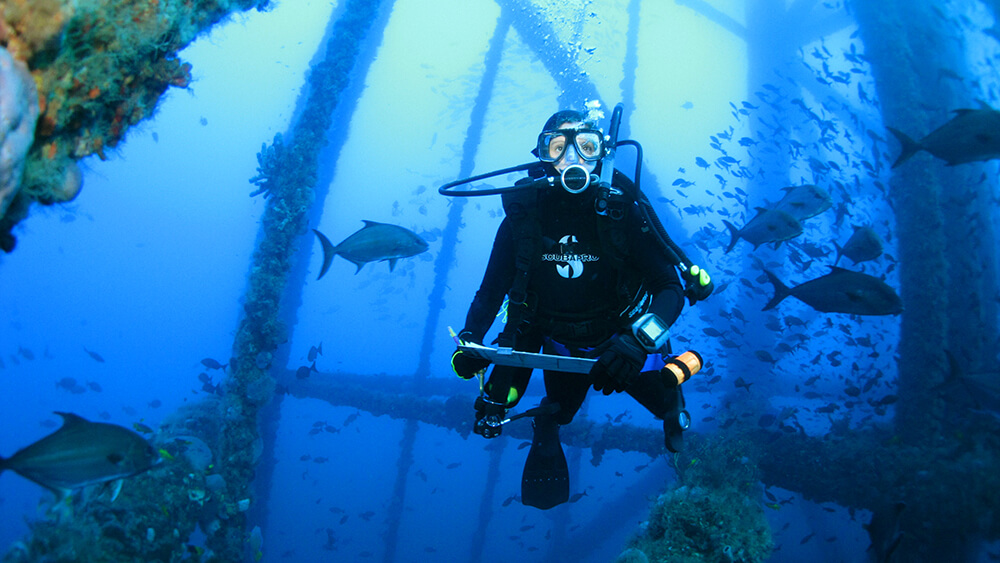Look Back to Look Forward:
NAPA Completes Review of Sanctuary System
By Elizabeth Moore
May 2021
One of the characteristics of a healthy organization is the willingness to seek and listen to external feedback. In its nearly fifty years of operation, the National Marine Sanctuary System has regularly sought, and occasionally received without asking, the reviews and recommendations of outside experts. Every formal review of the sanctuary system, conducted by organizations such as the U.S. Government Accountability Office, the U.S. Office of Management and Budget, the Department of Commerce Inspector General, and the National Academy of Public Administration (NAPA), has found the system to be fundamentally sound and well-managed, while also noting specific challenges to be addressed. Some of the reviews have had significant impacts on how the sanctuary system works.
One organization, NAPA, has reviewed the sanctuary system three times. Like the National Academy of Sciences, NAPA is a congressionally chartered, non-partisan, nonprofit organization. In their first review of the program in 2000, their report concluded: "The National Marine Sanctuary Program is fundamentally well conceived and is beginning to demonstrate notable successes in protecting valuable parts of the ocean." Their second review, in 2006, generally agreed: "It offers a unique and promising model for effective multipurpose marine governance." NAPA’s recommendations from the two earlier reports encouraged the sanctuary system to invest in building and empowering sanctuary advisory councils (now a hallmark of the program); to institute a rigorous evaluation process for its education programs (in place for over fifteen years); and to invest in condition reports (which have been completed for every site and are now being updated), among other things.

NAPA completed their third review of the sanctuary system in 2021, at its request as part of preparation for the 50th anniversary of the National Marine Sanctuaries Act in October 2022. The system asked NAPA to assess its accomplishments over the last half century and to make recommendations for the next ten to fifteen years. The review was initiated in September 2020 and wrapped up in April 2021 with the delivery of the final report. NAPA conducted interviews with over a hundred individuals both inside and outside of NOAA, from across the spectrum of the ocean community; reviewed documents and web pages; and built on their prior reviews of the program.
Overall, NAPA found again that the sanctuary system has "a respectable success track record and trusted reputation with large segments of the marine stakeholder community." Their report speaks to achievements in innovation, in the system’s role as a leader and model for other marine protected area programs and conservation programs around the world, and in the designation and expansion of fifteen underwater parks that protect some of the most important and valuable marine and Great Lake areas in the country. NAPA calls out the science accomplishments of the system in studying and characterizing its sites, the broader application of its baseline information to the larger marine realm, and its pioneering work in better understanding the nation’s maritime heritage. NAPA’s report highlights community engagement successes of the system through its work with sanctuary advisory councils and volunteer programs that are the "gold standard" for external stakeholders, as well as positive externalities from working with sanctuary gateway communities. These accomplishments, NAPA concludes, result from the development of a "dedicated and mission-driven staff" and its efforts to build a "creative adaptive management system."

Refocusing on the future, NAPA’s key theme in the report is: "The system must have a long-term goal to build itself into a more balanced, focused, and better resourced actor that can take a leading role in NOAA and across the U.S. government in protecting the marine environment." In support of that overarching goal, the report offers fifteen short-, medium-, and long-range recommendations to the sanctuary system and NOAA across six functional areas of the program (strategy, finance, management/operations, organization, communication/outreach/marketing, and community engagement). The recommendations urge the system and NOAA to engage more deeply with Indigenous and underrepresented communities and expand its general outreach efforts; broaden its partnerships; develop a sustainable funding model; experiment with different kinds of management models and protection mechanisms; and refresh its strategic vision for the short- and long-term future.


The report also makes a case for the urgency of seizing this moment to take action. The recognition of the challenges facing our ocean has become acute and there is new political momentum and support behind conservation efforts at the national level, such as President Biden’s Conserving and Restoring America the Beautiful initiative. With a proven track record and solid reputation, and the attention and focus brought by the National Marine Sanctuary System’s upcoming 50th anniversary, NAPA is urging the sanctuary system to think fearlessly about its future, and then take immediate and bold action -- building on its achievements -- to rise to it. Only time will tell how this latest review will affect the sanctuary system, and how the system will rise to the challenges of the future.
Elizabeth Moore is a senior policy advisor at NOAA’s Office of National Marine Sanctuaries

